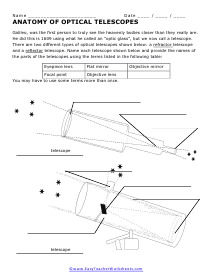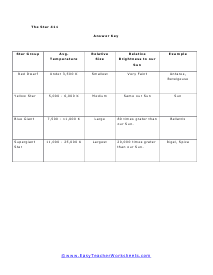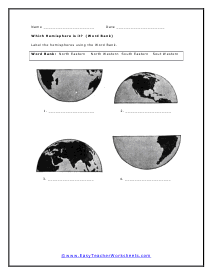Astronomy is the component of science that focuses on things that are outside of Earth’s influence. This discipline looks at celestial bodies which are things like planets, their moons, stars, and galaxies. The goal of astronomy is to gain a better understanding of the universe and give us some meaning for why things happen. Outer space, planets, comets, stars, asteroids, and space shuttles are all the name of the game here. The Sun spaces out our entire galaxy. Being three-hundred thousand times larger than Earth it bullies all the planets around with the massive gravity it creates. Did you know why the concept of footprints on the moon is such a big deal? It’s because they stay put forever. There is no wind or forms of erosion on Luna (our moon) to disrupt the footprints that are in place. The best part of this all is that we barely scraped the surface (literally) with our understanding of outer space. We have a Caveman’s knowledge of things outside of the immediate viewing vicinity.
These worksheets focus on the commonly studied portions of astronomy that are common in most middle level and high school physical science courses. We will look at the concept of galaxies and the stars that reside within them. We will introduce the concept of constellations and classifying objects within a solar system. Students will spend some time explore the technology that allows use to study these structures and compare and contrast things like optical and radio telescopes. We will finish off the series looking at our own solar system including our own planet (Earth) and our star (the Sun). Astronomy is often very engaging for students because most of what is studies is in visual form. Remind students that most of this is studied in mathematical form. We spend a good amount of time on understanding the development and application of telescopes in our process of understanding what is inside and outside of our galaxy.




















